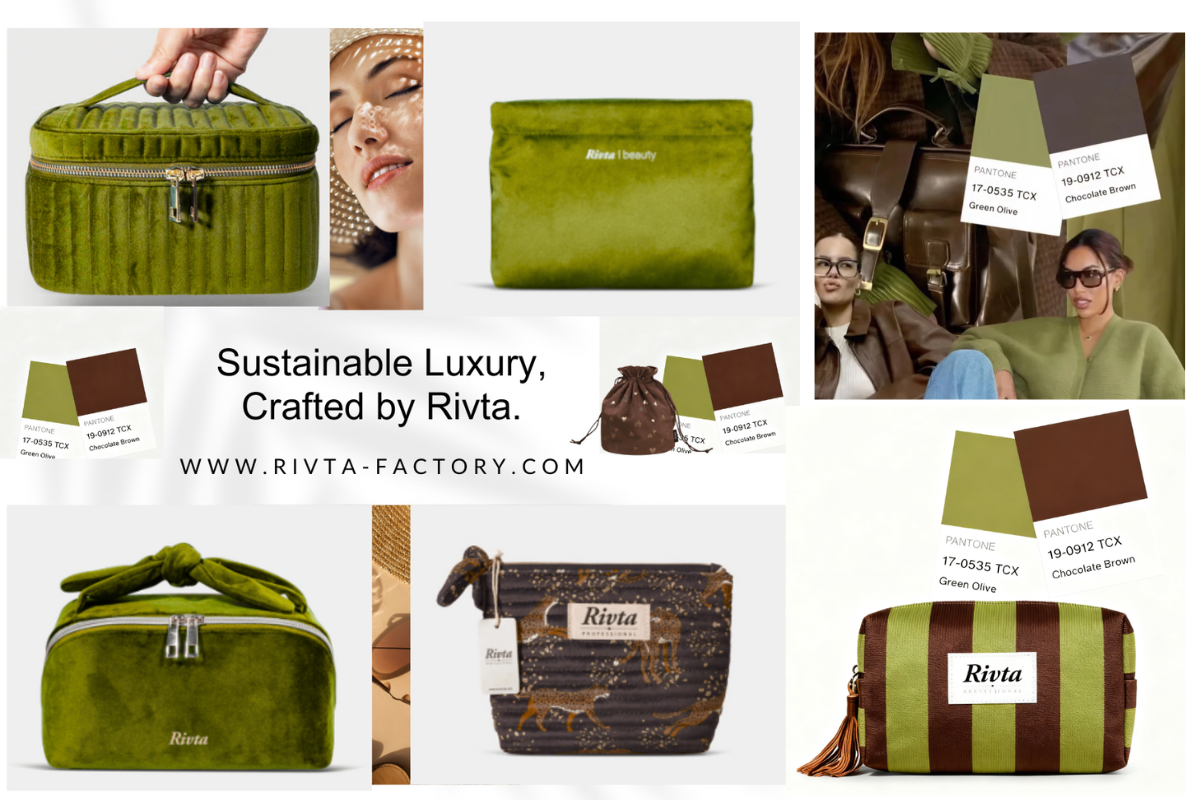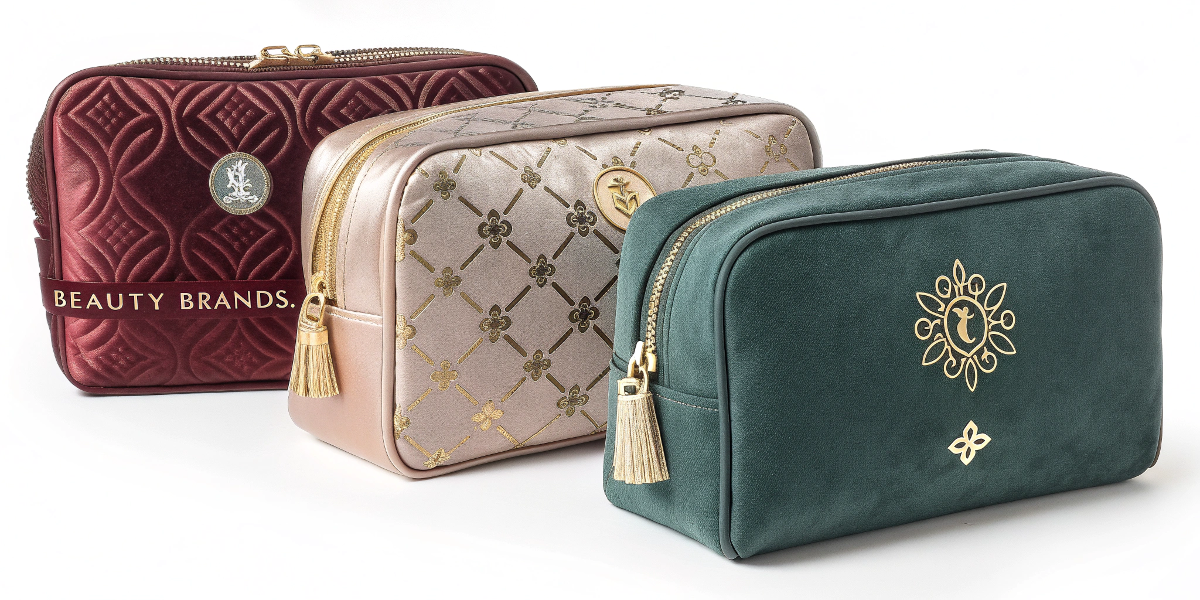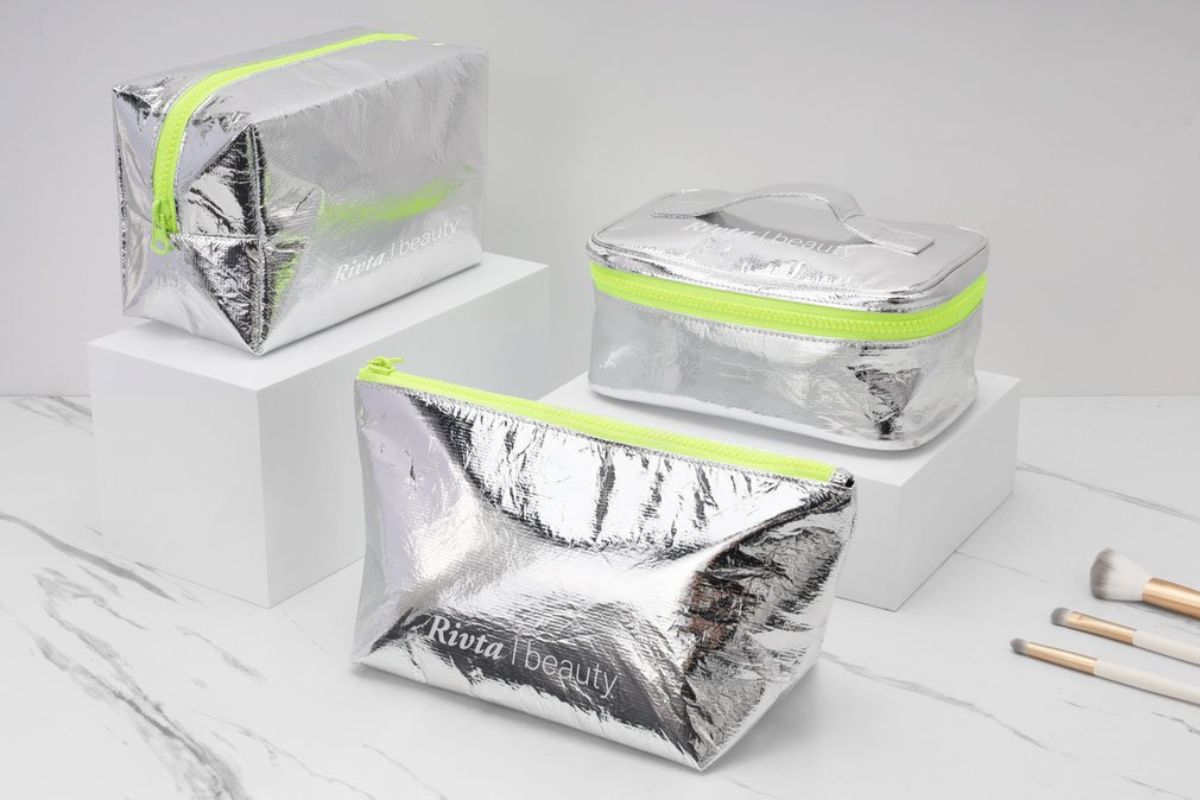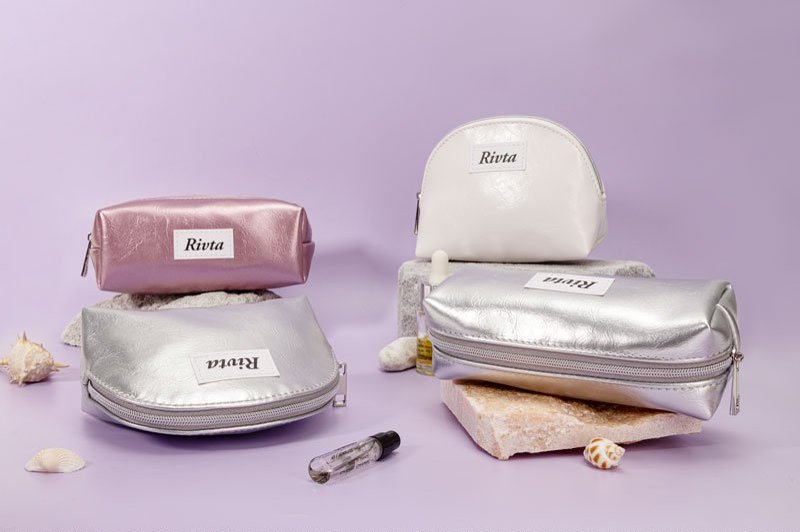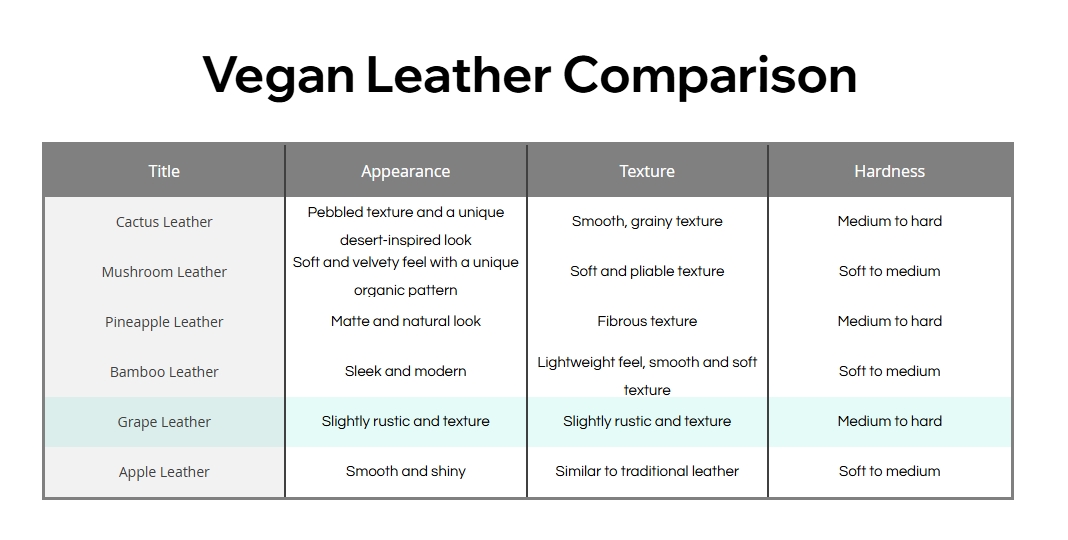The Difference Between Recycled PU Leather and Vegan Leather Cosmetic Bags
As the beauty industry embraces sustainability, eco-conscious consumers are looking beyond the product itself — they care about the packaging too. Cosmetic bags, once an afterthought, are now a canvas for innovation and environmental responsibility. Among the most talked-about materials in this space are Recycled PU Leather and Vegan Leather. While they might sound similar, there are key differences between them — especially when it comes to sustainability, durability, aesthetics, and manufacturing methods.
In this blog post, we’ll explore the differences between recycled PU leather and vegan leather, and help you decide which one best suits your cosmetic bag collection or private label beauty brand.
What is Recycled PU Leather?
PU leather (short for polyurethane leather) is a synthetic material made to look and feel like genuine leather. It is commonly used in bags, shoes, furniture, and fashion accessories. Here's what it's made of:
1. Composition of PU Leather:
Base Material (Fabric Layer):
- Usually made of polyester, cotton, or split leather (the lower layers of genuine leather that are leftover after the top grain is removed).
PU Coating (Plastic Layer):
- A layer of polyurethane (PU) is applied to the base to give it a leather-like texture and appearance.
- The PU layer can be embossed to mimic real leather grain.
2. Types of PU Leather:
- Pure PU Leather: Made entirely from synthetic materials (fabric + polyurethane).
- Bicast Leather: Made with a base of split leather coated with polyurethane.
- Eco-Friendly PU: Uses water-based polyurethane, which is less harmful to the environment than traditional PU.
3. Characteristics:
- Animal-free (vegan-friendly) if no real leather is used.
- More affordable than genuine leather.
- Lightweight and easier to clean.
- Less durable and breathable than real leather.
What is Vegan Leather?
In recent years, the demand for sustainable and cruelty-free alternatives in the fashion industry has skyrocketed. One standout innovation is vegan leather, an ethical and eco-friendly substitute for traditional animal leather. Whether you're passionate about sustainability and fashion-forward design or simply curious about its benefits, this guide will help you understand vegan leather and its rising prominence.
1. What is Vegan Leather Made Of?
Unlike traditional leather made from animal hides, vegan leather is crafted from various materials, each offering unique characteristics. Some of the most common components include:
- Polyurethane (PU) and Polyvinyl Chloride (PVC): Synthetic polymers used to mimic the texture and appearance of real leather.
- Plant-Based Alternatives: Materials derived from pineapple leaves (Piñatex), apple peels, cactus, and mushrooms are gaining popularity because they are biodegradable.
- Recycled Materials: Upcycled plastics and fabrics are often used to minimize waste.
This variety of materials ensures that vegan leather can suit a range of applications, from aviator shearling jackets to seamless lambskin vests.
2. Advantages and Benefits of Vegan Leather
- Switching to vegan leather has several advantages:
- Cruelty-Free: No animals are harmed in its production.
- Eco-Friendly Options: Plant-based vegan leathers have a lower environmental impact compared to traditional tanning processes.
- Affordability: Vegan leather is often more cost-effective than real leather, making luxury items like spiked pink leather jackets more accessible.
- Variety: Vegan leather comes in various textures, colors, and finishes, perfect for crafting everything from men’s airforce shearling leather jackets to modern spikey jackets for women.
How Are They Different?
1. Material Source
Recycled PU Leather:
Made from existing synthetic leather waste. It reuses plastic-based materials, helping reduce demand for virgin synthetic production.
Vegan Leather:
May be made from new plastic (PU or PVC) or plant-based fibers. It’s called “vegan” because it avoids animal leather, not because it’s always eco-friendly.
2. Environmental Impact
Recycled PU Leather:
Lowers carbon footprint by reducing waste and minimizing the need for new raw materials. However, since PU is still plastic-based, it’s not biodegradable.
Vegan Leather:
Varies widely — PVC-based vegan leather is not environmentally friendly, but plant-based vegan leather has a lower impact and may even be compostable (if not blended with plastic).
3. Durability and Performance
Recycled PU Leather:
Very durable and water-resistant. It performs similarly to virgin PU leather in cosmetic bags. However, over time, recycled materials may show wear more quickly if not well-reinforced.
Vegan Leather:
Durability depends on the type. PU-based vegan leather is sturdy and ideal for daily-use items like makeup bags. Plant-based versions may be more delicate but are improving thanks to new technologies.
4. Aesthetic and Texture
Recycled PU Leather:
Can mimic the look and feel of genuine leather very closely. Available in a wide range of colors, patterns, and finishes.
Vegan Leather:
Comes in a variety of textures — from smooth to grainy, matte to glossy. Plant-based options may have a more natural, organic look, while synthetic versions can imitate luxury leather.
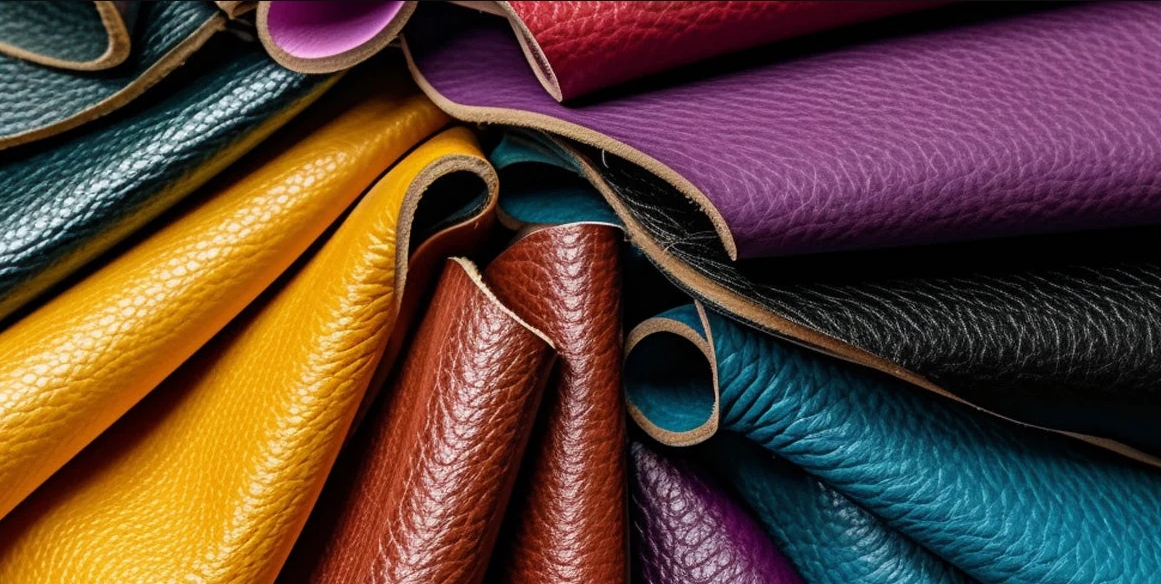
5. Cost and Availability
Recycled PU Leather: Typically more affordable than plant-based vegan leather but slightly more expensive than standard synthetic PU due to the recycling process.
Vegan Leather: Wide price range. PU-based vegan leather is generally cheap and widely available. Plant-based vegan leathers can be expensive and harder to source in bulk.
Use in Cosmetic Bags: What to Consider
When choosing between recycled PU leather and vegan leather for cosmetic bags, here are a few practical considerations:
| Factor | Recycled PU Leather | Vegan Leather (PU/Plant-Based) |
|---|---|---|
| Eco-friendly | ✅ Yes (uses waste) | ✅ Depends on type |
| Cruelty-free | ✅ Yes | ✅ Yes |
| Waterproof | ✅ Yes | ✅ Most types |
| Customization | ✅ Easy to print/emboss | ✅ Easy to shape & print |
| Biodegradable | ❌ No (still plastic) | ✅ Possible (if plant-based) |
Branding and Storytelling Potential
Consumers today don’t just want products — they want purpose. Both recycled PU and vegan leather offer rich storytelling opportunities for your cosmetic bag line:
Recycled PU Leather Bags:
"This cosmetic bag is made from recycled synthetic leather waste — giving discarded materials a second life. Same sleek style, smaller carbon footprint."
Vegan Leather Bags:
"Made without any animal products, this bag uses cruelty-free vegan leather that looks and feels like the real thing — but with a conscience."
Including sustainability tags or small labels inside the bags can strengthen brand loyalty and consumer trust.
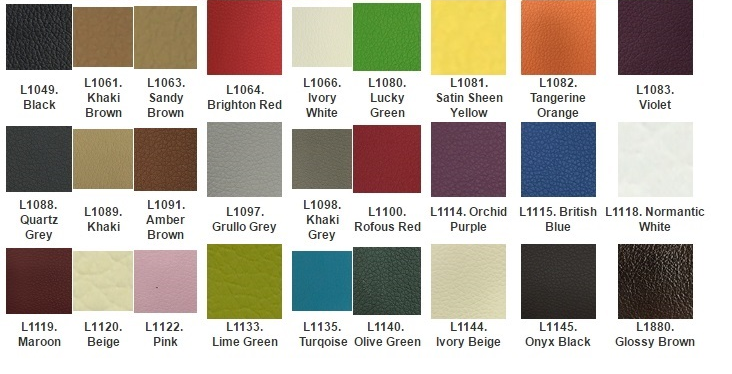
Conclusion: Which One Should You Choose?
Ultimately, the best choice depends on your brand’s values, target customers, and price point.
If your priority is reducing waste and supporting circular production, recycled PU leather is a great choice. It blends eco-consciousness with functionality and style.
If your focus is on animal-free, cruelty-free branding — and you’re willing to explore plant-based innovations — vegan leather (especially non-plastic ones) offers high ethical value.
For a balance between cost, performance, and sustainability, PU-based vegan leather or recycled PU are both practical, attractive solutions for cosmetic bags.
